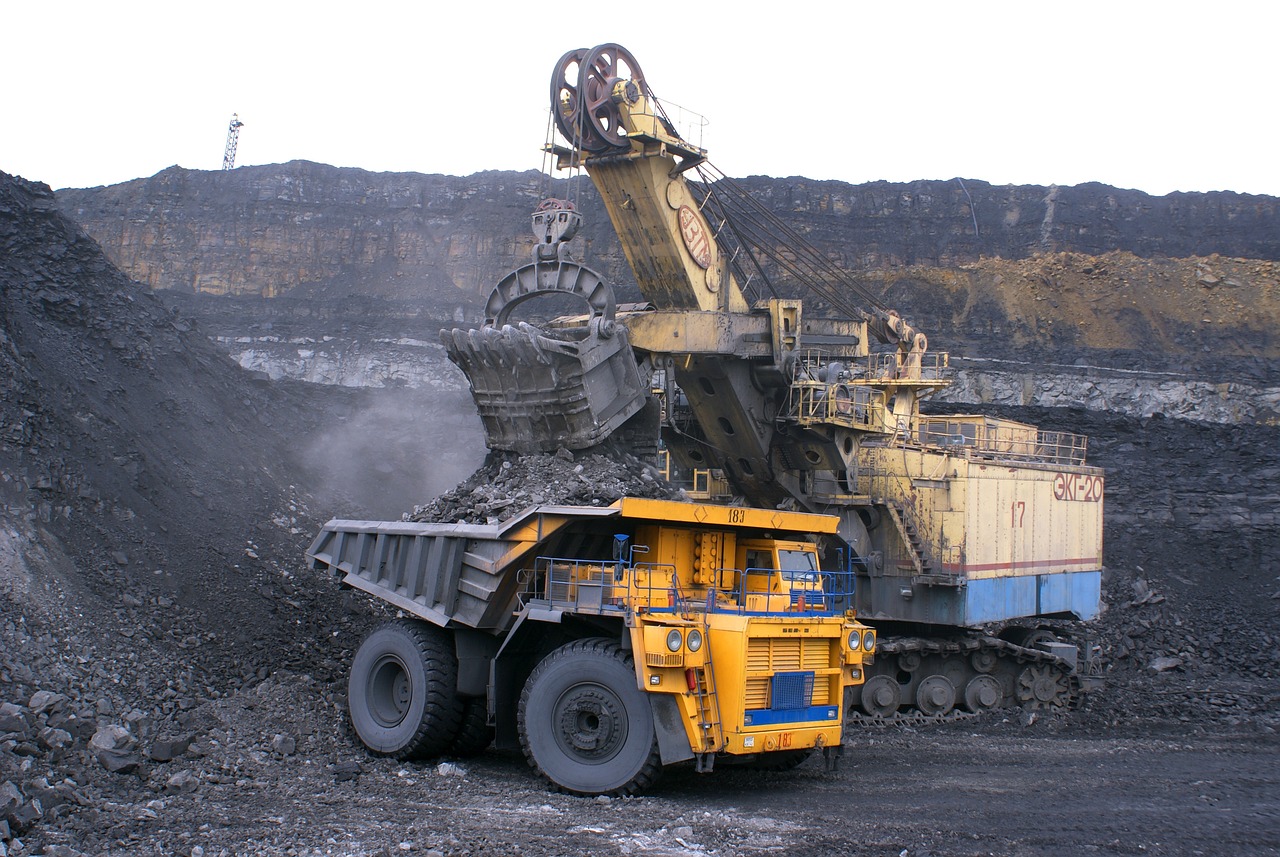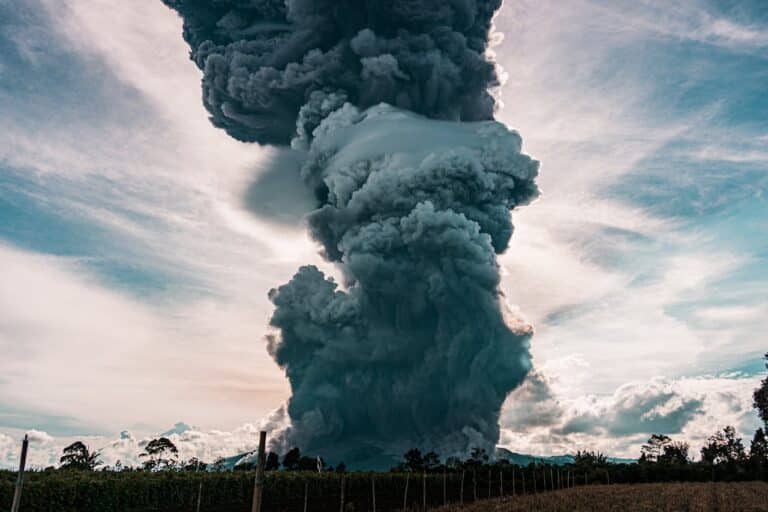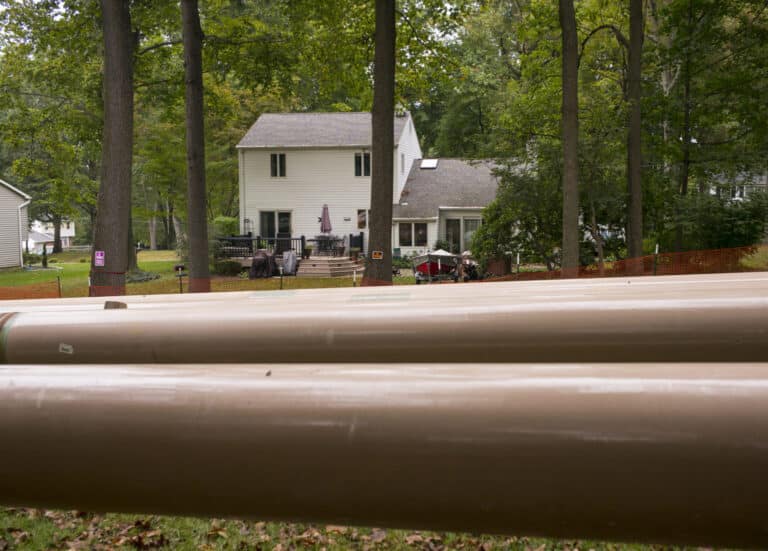Source: North Carolina Newsline
Excerpt:
The black dirt on the steep slope of an overgrown knoll of trash overlooking the Bolin Creek greenway in Chapel Hill is, in fact, not dirt.
It’s coal ash, fully exposed to the elements. On this windy winter morning, it’s hard to know if ash particles are hitchhiking on the breeze, but to stand downwind elicits a sense of unease.
Coal ash could increase a person’s cancer risk significantly more than previously estimated, according to a recent EPA report, raising questions about the safety of places where ash has been used as structural fill.
This is especially true where the ash is visible, like the mound along the Bolin Creek greenway. Like in Mooresville, where ash has escaped a sinkhole in a commercial parking lot, and protruded through crumbling asphalt at Lake Norman High School. Like in Weldon, where state inspectors found swaths of exposed ash at an abandoned sawmill.
At least 8.85 million tons of coal ash have been legally used as fill at a minimum of 72 locations in North Carolina, state records show. However, because the state did not require documentation of structural fill sites until 1994, the number is likely far higher.
Nationwide, the American Coal Ash Association estimates that a total of 180 million tons of the material have been used in fill projects throughout the U.S. since 1980.
Read more: Coal ash more hazardous than previously known, EPA says, could alter Chapel Hill cleanup plan





